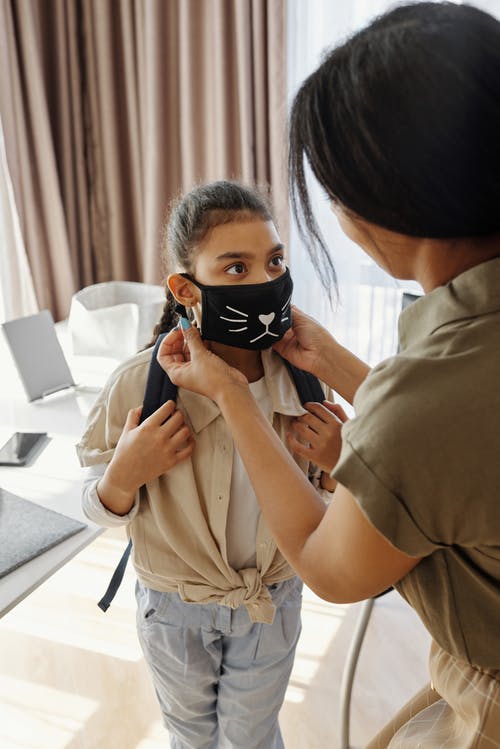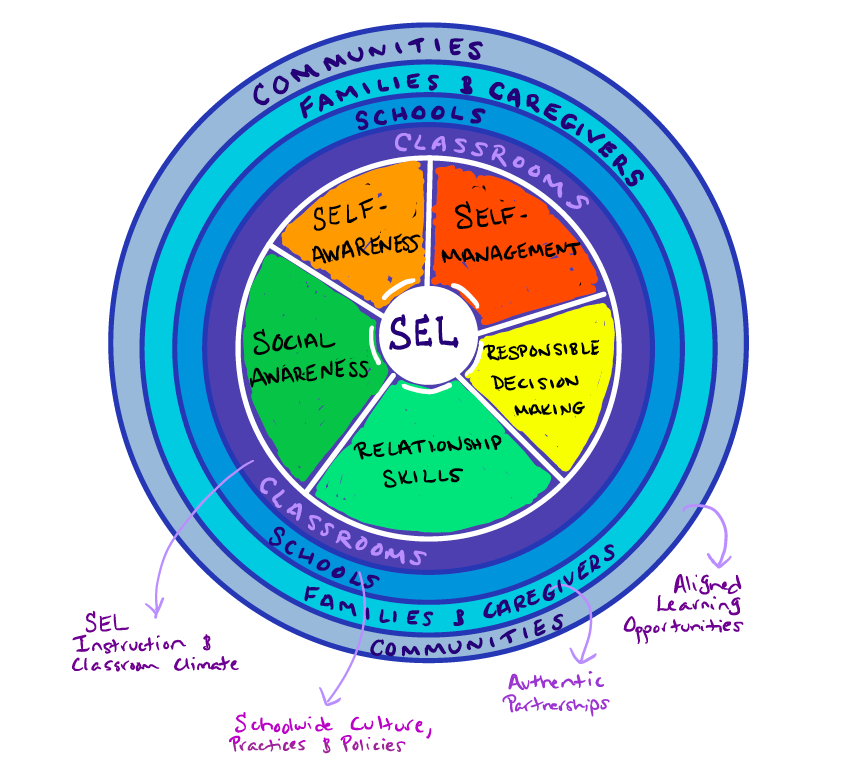What's next for our youth?
Just halfway into the new decade, and it feels like we’re collectively standing on cliff’s edge where the slightest wind could send us head over heels and downward. The coronavirus pandemic has stripped away normalcies of walking into a bustling classroom, commuting to work, or sitting in a coffee shop with millennials clicking away on their laptops. News of innocent Black lives lost at the hands of police has ignited protests, amplified anger, and slapped us into taking a hard look at the deep systemic inequities that plague our communities.

We’ve reached a tipping point. Which way do we turn?
Perhaps the first thing to do is acknowledge we’re experiencing a collective trauma. Masks on our mouths and protest signs on our backs, unpredictability is rampant. We’re feeling the prickly weight of something looming and uncomfortable. Maybe it’s time to give each other some slack. Maybe it’s time to see that our youth are watching.
When I think about what young people have been through thus far in 2020, I’m truly reminded of the word resilience. Remember, young people are part of the collective trauma. They’ve endured a lengthy isolation from friends and classmates, watched caregivers lose their jobs (and some sanity), witnessed violence at home or in the media, and braved a daily reminder of their generation’s burden to bear as the country holds a mirror up to itself. The trauma runs deep, and upon an eventual return to school they’ll have endured all kinds of losses and formative experiences we never would have foreseen back on the first day of the new year.
A bad dream calls for an awakening. The eventual return to school represents a return to ourselves, and a chance for a new paradigm of how we teach, learn, and interact with awareness. It’s the time to equip young people to have conversations about race and economic disparities. To bring a powerful social justice lens in and outside of the classroom. To help youth practice and apply social emotional learning skills. To support them in grappling with some messy questions we’ve been shutting out for too long.
The eventual return to school represents a return to ourselves, and a chance for a new paradigm of how we teach, learn, and interact with awareness.
At it’s core, it’s this: Who am I? How do I matter? How can I help others matter? These are the inquiries we need to put in their hands to start the years-long process of rebuilding a society teetering at cliff’s edge.
Planning for the next school year will be a tall order, and as districts struggle to decide upon the best path forward we’re reminded of what’s most useful during times of critical problem solving. Arms shaking, we hold up the mirror to examine the very same things we teach our youth:
- Self-awareness. How are our emotions influencing our behavior and decisions?
- Self-management. How are we regulating this onslaught of stress, to shift towards creating and achieving goals?
- Social awareness. Can we more readily step into each other’s shoes, and understand one another? Can we lean on one another for support?
- Relationship skills: Can we listen, cooperate, and navigate conflict in a constructive way?
- Responsible decision making: Are we thinking realistically, ethically, and putting the well-being of ourselves and others at the forefront of decisions large and small?
These 5 major tenets of social and emotional learning introduced by the CASEL framework are not just lessons to teach youth – they’re critical for adults to make it through the world each day. Tending to these particular skills strengthens our adaptability to unpredictable times and equips us to support better learning environments for youth. At the day’s end, every young person has potential if they’re in an environment designed to support that potential.

Let’s acknowledge our collective trauma, and let’s acknowledge we still may be crawling the dark for some time. What matters now is how we shape the environment we’re in (schools, virtual classrooms, outdoor spaces) not only to teach SEL skills, but to create settings for sufficient relationships, for safety and belonging, and with relevant and challenging content for youth. And by taking care of our own social and emotional selves, adults can better steer youth to recognize their own voice and agency in building those skills along the way.
We stand on the cliff, arms outstretched and palms up. We turn to compassion and questions. This time is a catalyst for us to ask one another How do you best learn? and What do you need? We are all the experts of what we need, and youth are no different. Let’s listen to them.